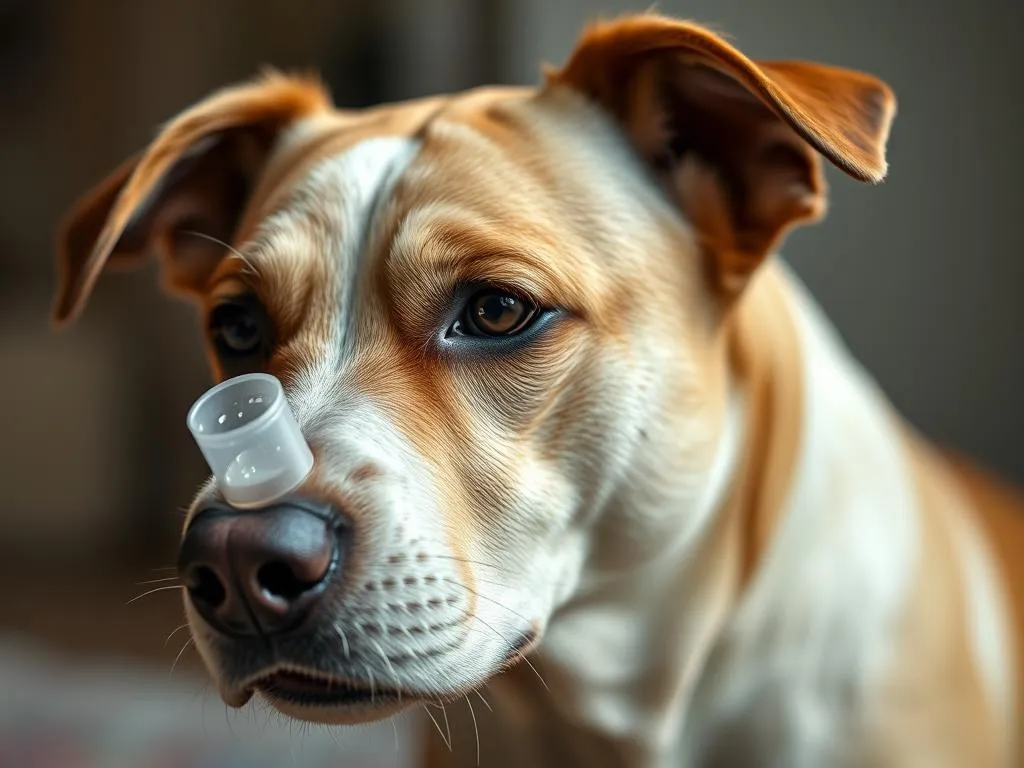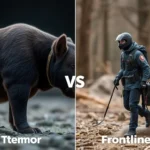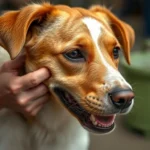
Introduction
If you’re a pet owner, the thought of your dog chewing an inhaler can be alarming. This situation requires immediate attention to ensure the safety and well-being of your furry friend. In this article, we will discuss the potential risks associated with a dog chewing an inhaler, the types of inhalers commonly used, and the steps you should take if this incident occurs. Understanding these aspects can help you act quickly and appropriately, safeguarding your dog’s health.
Understanding Inhalers
Types of Inhalers
Inhalers are commonly used for various respiratory conditions, both in humans and pets. They primarily fall into two categories: rescue inhalers and maintenance inhalers.
-
Rescue Inhalers: These inhalers, often containing albuterol, are designed for quick relief during acute asthma attacks or severe respiratory distress. They provide immediate bronchodilation, helping to open the airways quickly.
-
Maintenance Inhalers: These are used regularly to control chronic conditions like asthma or chronic bronchitis. They may contain corticosteroids or other medications that require consistent use to manage symptoms over time.
Understanding the type of inhaler your dog has chewed can impact the urgency and type of care required.
Components of Inhalers
An inhaler typically consists of several components, each carrying its own potential risks to dogs:
-
Canister: This is where the medication is stored. Inhalers may also contain small amounts of propellants that can be harmful if ingested.
-
Mouthpiece: This is the part that the user places in their mouth. If a dog chews on the mouthpiece, they may ingest residues or small pieces that could pose a choking hazard.
-
Propellants and Preservatives: Many inhalers include propellants to deliver medication effectively. These substances can be toxic to dogs if consumed in large quantities.
It’s crucial to recognize that both the medication and the inhaler components can be harmful to your dog.
Why Dogs Chew Inhalers
Common Reasons
Dogs are naturally curious creatures, and they often explore their environment through chewing. This behavior can lead them to chew on items like inhalers, which may have an interesting texture or smell.
Additionally, some dogs may engage in chewing behaviors as a way to seek attention. If a dog notices that chewing an inhaler results in a strong reaction from its owner, they may repeat the behavior to gain more attention.
Risk Factors
Certain breeds and age groups may be more prone to chewing on non-food items. Puppies, for instance, are notorious for their chewing habits as they explore their world. Similarly, certain breeds, such as Labrador Retrievers and Terriers, are more prone to chewing due to their energetic and inquisitive nature.
Behavioral issues, such as anxiety or boredom, can also contribute to destructive chewing. Dogs left alone for extended periods or those lacking sufficient physical and mental stimulation may resort to chewing on inappropriate items, including inhalers.
Immediate Steps to Take
Assess the Situation
If you discover that your dog has chewed an inhaler, your first step should be to assess the situation. Determine what type of inhaler was chewed and check for any visible signs of ingestion. Look for pieces of the inhaler or any residue that may indicate that your dog has consumed medication.
Contacting the Veterinarian
Once you’ve assessed the situation, it’s crucial to contact your veterinarian immediately. Explain what happened, providing details about the specific inhaler your dog chewed. Be prepared to answer questions about your dog’s size, behavior, and any symptoms you may have observed.
Your veterinarian may ask you to monitor your dog for certain symptoms or recommend bringing your dog in for an examination, depending on the inhaler’s type and ingredients.
Potential Symptoms of Inhaler Ingestion
Common Symptoms
Inhaler ingestion can lead to various symptoms in dogs. Common symptoms include:
-
Gastrointestinal Upset: Dogs may experience vomiting or diarrhea as their bodies react to the ingested substance.
-
Behavioral Changes: You may notice changes in your dog’s behavior, such as lethargy or hyperactivity, as a result of the medication’s effects.
Severe Symptoms
In more severe cases, symptoms can escalate and may include:
-
Difficulty Breathing: If your dog seems to be struggling to breathe, this is a critical sign that immediate veterinary care is needed.
-
Signs of Poisoning: These can include tremors, seizures, or unresponsiveness. If your dog exhibits any of these symptoms, seek emergency veterinary care without delay.
Recognizing these symptoms early can be vital in ensuring your dog’s safety.
Veterinary Evaluation
Diagnostic Procedures
If your veterinarian suspects that your dog has ingested inhaler components, they will perform a thorough evaluation. This typically includes a physical examination to assess your dog’s overall health and any immediate issues. The vet may also recommend imaging, such as X-rays, to determine if any pieces of the inhaler remain inside your dog.
Treatment Options
Treatment will depend on the severity of the situation and whether any medication has been ingested. If ingestion occurred recently, your veterinarian may induce vomiting to prevent further absorption of the medication.
In some cases, activated charcoal may be administered to help absorb any remaining substances in your dog’s system. Follow-up care may involve monitoring your dog for any delayed reactions or symptoms, ensuring they recover fully.
Preventative Measures
Safe Storage of Medications
To prevent future incidents, it’s essential to store inhalers and other medications safely. Here are some tips:
-
Keep Medications Out of Reach: Store inhalers in high cabinets or locked drawers, ensuring your dog cannot access them.
-
Proper Disposal: Dispose of any old or unused medications promptly to prevent accidental ingestion.
Training and Behavioral Solutions
If your dog has a tendency to chew on non-food items, consider implementing training and behavioral strategies.
-
Training: Teach your dog the “leave it” command, which can help redirect their attention away from inappropriate items.
-
Enrichment: Provide plenty of toys and activities to keep your dog mentally and physically stimulated, reducing the likelihood of destructive chewing.
If necessary, consult with a professional trainer or behaviorist to address any underlying issues contributing to chewing behaviors.
When to Seek Emergency Care
Signs of Emergency
Certain symptoms indicate that your dog requires immediate veterinary attention. Be aware of the following signs:
-
Severe Respiratory Distress: If your dog is struggling to breathe or shows signs of choking.
-
Uncontrollable Tremors or Seizures: These symptoms can indicate a serious reaction to ingested substances.
-
Persistent Vomiting or Diarrhea: If your dog cannot keep fluids down or shows signs of dehydration.
Knowing when to seek emergency care can be critical for your dog’s health and well-being.
Preparing for the Vet Visit
If you need to take your dog to the vet, gather important information beforehand. Consider the following:
-
Inhaler Details: Bring the inhaler or any packaging to provide your vet with specific information about the medication involved.
-
Symptom Log: Keep track of any symptoms your dog has exhibited, including their duration and severity.
-
Transportation: Ensure you have a safe way to transport your dog to the vet, especially if they are exhibiting severe symptoms.
Conclusion
If your dog chewed an inhaler, it’s essential to act quickly and seek veterinary advice. Understanding the potential risks associated with inhalers and recognizing the symptoms of ingestion can significantly impact your dog’s health. Stay informed about your pet’s safety and well-being, and don’t hesitate to reach out to veterinary professionals or behavior experts when needed.
By prioritizing your dog’s health and safety, you can ensure they remain a happy and integral part of your family.









